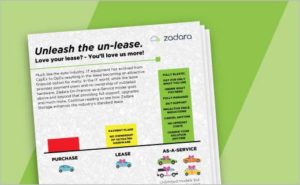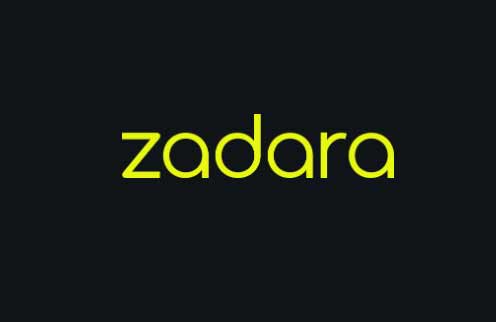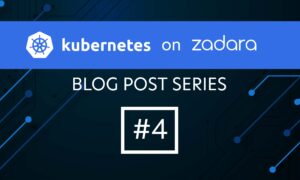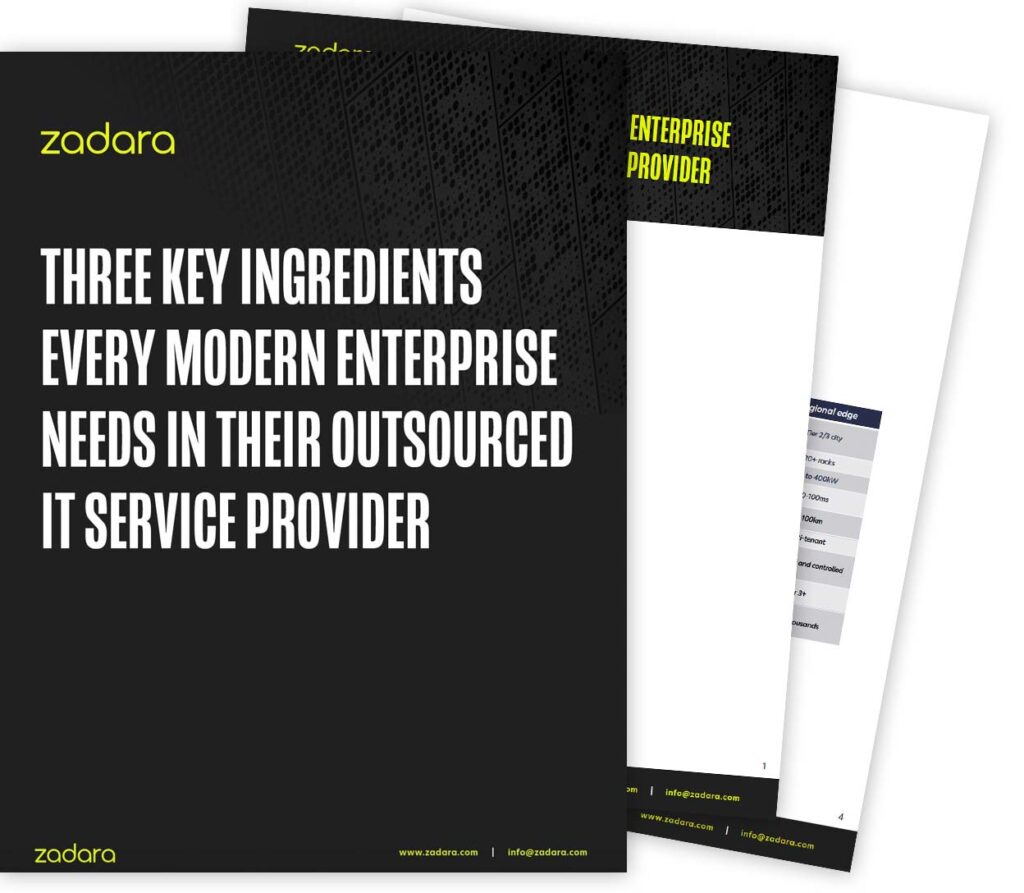Traditionally, corporations’ storage spending through capital expenditures (CapEx). The servers, networks, and storage arrays they require for their data centers are purchased up front, and then are depreciated over the life of the equipment, normally three years. But with the advent of cloud-based Storage as a Service (STaaS), a shift toward paying for storage resources as operational expenses (OpEx) is well under way.
In this article, we’ll take a look at the pros and cons of each approach.
Initial Acquisition Costs
When storage hardware is acquired through capital spending, it becomes an asset that is bought and paid for by the customer. That means companies must allocate the entire cost of such equipment up front. For dedicated storage arrays, networks, and servers, that can be a very significant expense.
With the OpEx-based STaaS model, on the other hand, customers don’t purchase storage equipment, but storage services. The distinguishing feature of this approach is that services are only paid for as they are actually used, and the necessity for up-front capital expenditures is eliminated.
Removing the burden of having to acquire large amounts of up-front capital is particularly important for small and medium-sized businesses (SMBs). Smaller companies often have difficulty raising the funds required for large capital expenditures. It’s especially difficult to do so quickly. When unanticipated surges in demand require that additional storage capacity be added quickly, SMBs that use a CapEx model to stock their storage infrastructure can easily find themselves unable to keep up with new business requirements simply because they can’t raise the needed capital funds rapidly enough.
Support, Maintenance and Infrastructure Costs
When you acquire equipment through capital spending, you own it. That means you also own all the costs of space to house it, electricity to power and cool it, and IT staff to support, maintain, upgrade, and replace it. The result is that under the CapEx model, not only will there be substantial up-front costs to acquire needed hardware and software, but you’ll also have on-going OpEx expenses that are necessary to keep the equipment running.
With the STaaS model, both the capital and operational expenses of the traditional CapEx model are replaced by a single monthly fee to your storage provider. Because the actual storage equipment is housed at sites owned by your storage vendor, support, maintenance, and even upgrade costs are included in the service fee. The great advantage of this shift from CapEx to OpEx storage spending is that it is normally much easier for SMBs, and even larger enterprises, to allocate funds for day-to-day operations than it is to provide the much higher level of capital funding required to purchase equipment up front.
Overall, when both the capital and operational costs of the CapEx approach are accounted for, the OpEx model is considerably less expensive.
Business Agility
In this age of rapid technological and social change, business conditions often change quickly and unexpectedly. That fact can put a lot of strain on companies that fund their storage infrastructure through CapEx spending. First, it requires that IT managers overprovision their storage capacity, keeping some proportion of the equipment they purchase sitting unused in the data center so as not to be caught short if storage demand unexpectedly surges. And if forecasts of future needs do fall short, a not uncommon occurrence, quickly adding additional capacity through capital spending can be very problematic.
With the OpEx/STaaS model, however, additional capacity can be provided on an as-required basis. There’s no need to stockpile hardware in anticipation of higher levels of demand. Instead, your vendor can simply allocate additional storage units for your use. Often this can be accomplished automatically in minutes (through software), rather than requiring the weeks or months it can take to acquire, install, and configure new storage units in your own data center.
An additional benefit of OpEx over CapEx is that it facilitates adopting the latest advances in storage technology. Companies that depend on CapEx for their storage infrastructure can acquire new capabilities only through new capital purchases. But under the OpEx/STaaS model, a good storage services provider will be continually upgrading their equipment in a manner that is transparent to the customer.
Storage Management Complexity
The OpEx/STaaS approach to acquiring storage resources puts much less of a burden on a company’s IT staff and management than does the CapEx model. No longer must the staff have the expertise to handle the care and feeding of a disparate group of hardware resources that may be scattered over a number of company sites. Instead, IT management can work with a single storage vendor, chosen not only for their high level of storage expertise, but also for their demonstrated ability to meet the requirements of the SLA (Service Level Agreement) that defines the services the vendor is legally bound to supply.
OpEx Wins The Day!
With the amount of data companies have to deal with expanding at exponential rates, and with new business opportunities arising quickly (and sometimes fading away just as quickly), the CapEx approach for building necessary storage capacity is simply no longer adequate. By shifting from a CapEx to an OpEx model, a company can not only substantially reduce its overall per-terabyte costs for storage, but also become much more agile in its response to changing conditions.
If you’d like to consider whether a switch to an OpEx-centric approach for meeting your company’s data storage needs might make sense, we here at Zadara would be happy to help. A good place to start is by downloading our ‘STaaS vs Traditional Storage’ infographic.
Still not sure if you’re ready to move to OpEx storage?
Take a look at the TCO Analysis of Storage-as-a-Service: Download the Analyst Report








